31 tea varieties to serve diverse production needs
Besides selecting tea varieties that bring high productivity and quality, applying technical advances in tea production according to organic standards is very necessary and inevitable, opening up a new direction for tea development in the future.
The country currently has more than 120 thousand hectares of tea. About 70% of the country's tea area is mainly grown in the Northern midland and mountainous region. In addition, tea trees also grow in some regions such as the Central Highlands, North Central, Central Coast and the Northern Delta region.
In which, tea varieties not only play the role of production foundation but also are the key factor determining the productivity, quality and value of tea products.
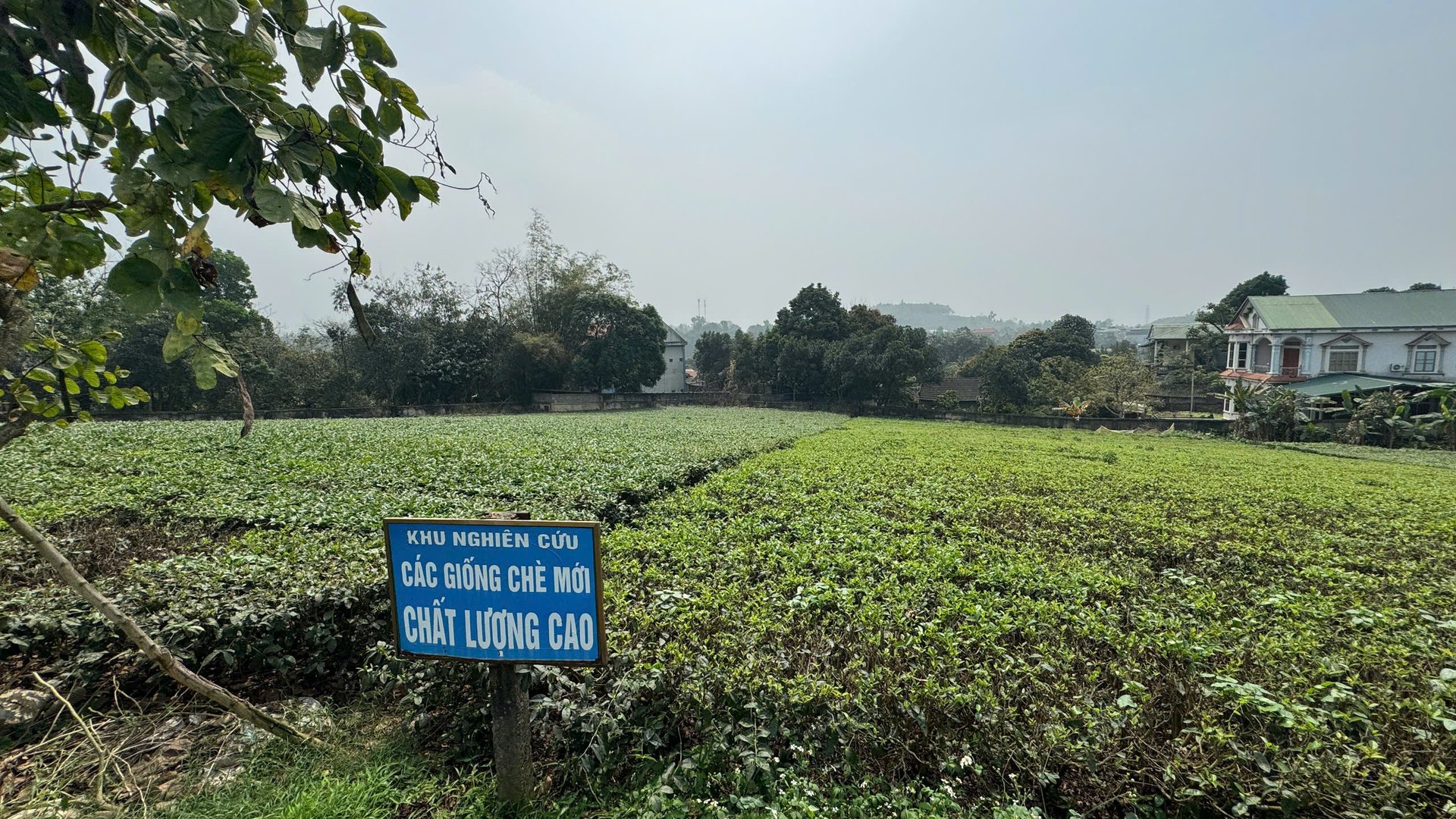
Research area for new high-quality tea varieties that can adapt to climate change at the Tea Research and Development Center. Photo: Anh Nguyet.
As the only tea research and development agency in the country, the Tea Research and Development Center under the Northern Mountainous Agriculture and Forestry Science Institute (NOMAFSI) has researched and developed new tea varieties to meet the seedling needs of tea growers.
By 2024, the Center has researched 31 tea varieties. Of which, the group of varieties for green tea production includes LDP1, Phuc Van Tien, PH8, PH10, LCT1, VN15, PH21, Bat Tien, Huong Bac Son, Kim Tuyen, Thuy Ngoc. The group of varieties for black tea production includes PH1, LDP2, PH11, PH12, PH14, PH8, TC4, PH276, PH22. The group of varieties for oolong tea production includes Kim Tuyen, Thuy Ngoc, Huong Bac Son, PH10. The group of varieties for high-quality green tea production includes Bich Loa Xuan, Mao Tiem, Xanh Thom, Huong Bac Son, Kim Tuyen, Thuy Ngoc, VN15.
These tea varieties are not only suitable for Vietnam's soil and climate conditions but also meet strict food safety and quality standards. Regarding the structure of varieties by product type, about 23% of Vietnam's tea varieties are currently only suitable for processing black tea, 50% of the tea area is suitable for processing both green tea and black tea, and 27% of the tea area is suitable for processing green tea and other high-quality tea.
According to Dr. Nguyen Thi Hong Lam, Deputy Director in charge of the Tea Research and Development Center: To continue to improve tea productivity and quality, while limiting harmful pests and diseases, bringing high economic efficiency to farmers, in the coming time, the Northern Mountainous Agricultural and Forestry Science Institute will focus on developing new tea varieties with high productivity, good quality and drought resistance to cope with climate change, suitable for the soil of many production areas.
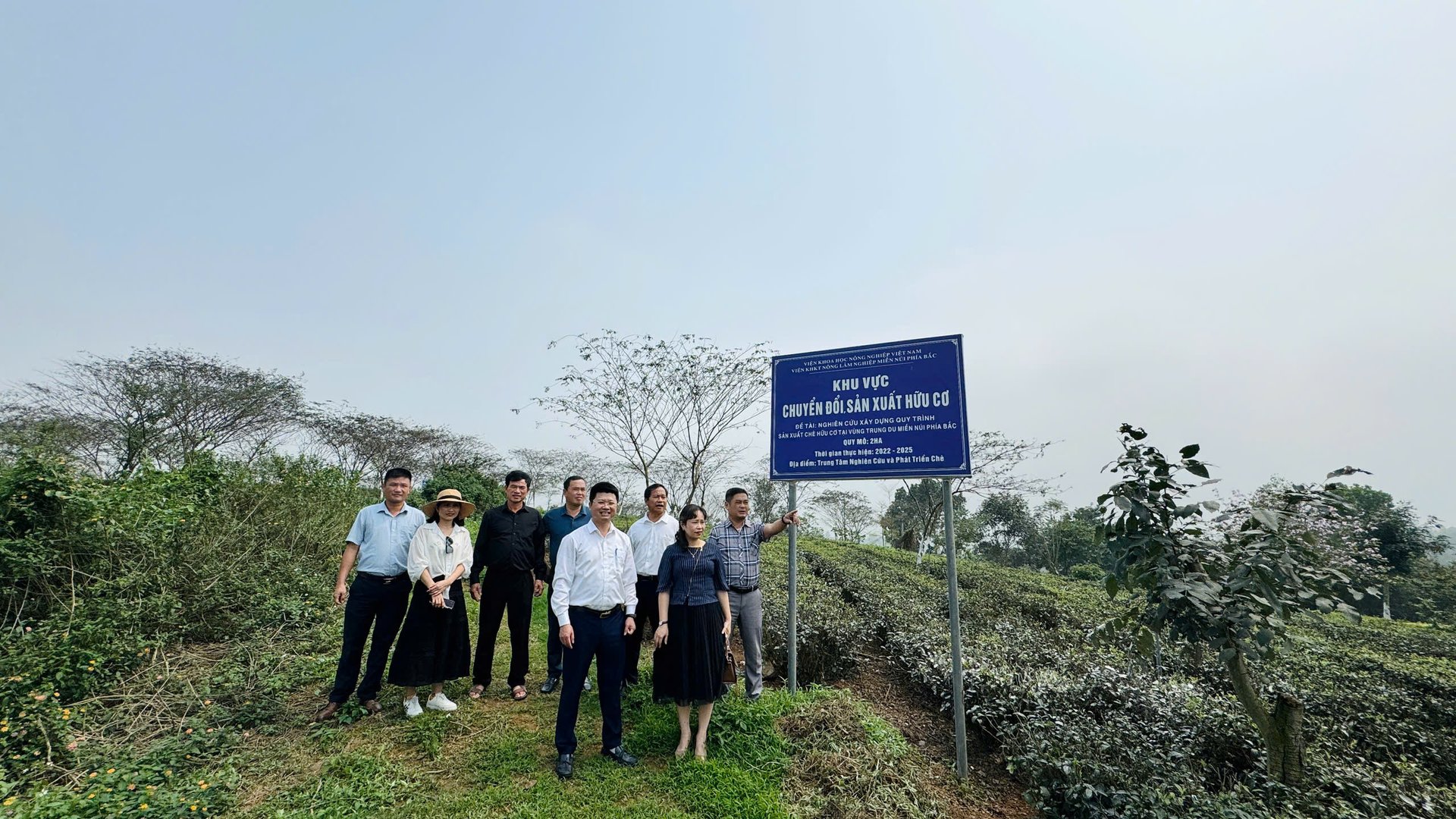
A delegation from the Ha Tinh Agricultural Extension Center visited and learned from the Tea Research and Development Center. Photo: Anh Nguyet.
Bringing drought-resistant tea varieties to Ha Tinh
In Ha Tinh province, tea is one of the main crops. Ha Tinh industrial tea was planted 50 years ago. By 2012, according to Decision No. 853/QD-UBND dated March 27, 2012 of Ha Tinh Provincial People's Committee, industrial tea was identified as the main crop, concentrated in 3 districts: Huong Son, Huong Khe, Ky Anh.
By 2024, the province's tea area will reach 1,213 hectares, of which the commercial area will be over 1,132 hectares; the average tea yield will reach nearly 123 quintals/hectare; the output will reach nearly 14,000 tons. The main tea varieties grown are PH1, LDP1, and LDP2. In 2017, the entire tea area of Ha Tinh was certified to meet VietGAP standards.
Industrial tea production in Ha Tinh has formed a value chain between Ha Tinh Tea Joint Stock Company, the Youth Volunteers - New Economic Development Team and households in a closed model from the stages of supplying seeds, fertilizers, technical support and product purchasing.
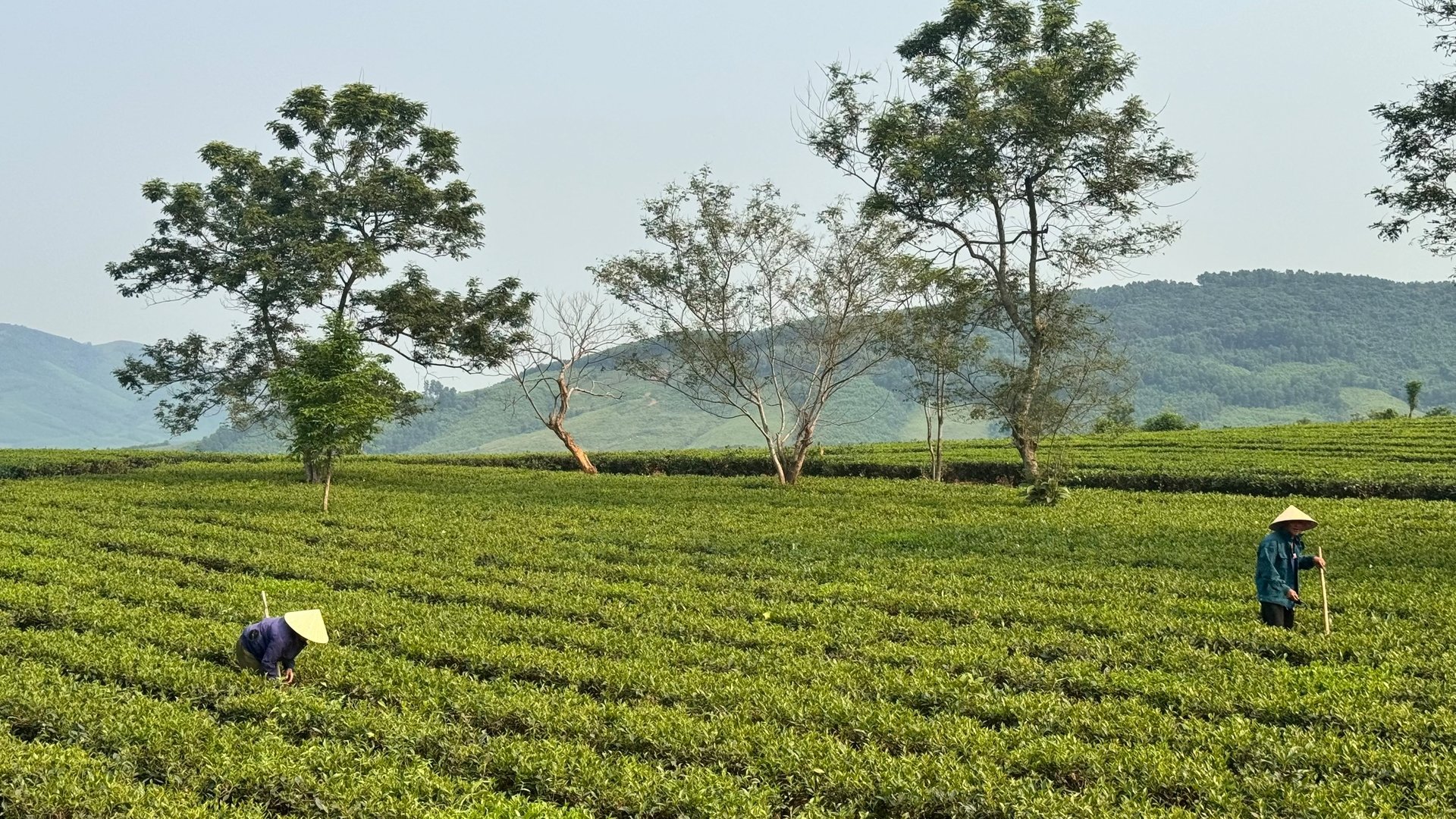
Tea is one of the main crops of Ha Tinh province. Photo: Anh Nguyet.
In recent years, tea has been one of the crops that has created jobs and brought good income to the people. For each hectare of tea, farmers can earn an average of 70 million VND/year, and if properly invested and well cared for, it can reach 150 million VND/ha/year. Not only does it bring good income to the people and improve the rural economy, tea trees also help to green bare hills and protect the environment.
However, according to the traditional farming method that was popular in the past, before each harvest, in order to ensure productivity and limit pests and diseases, tea plants are often sprayed or fertilized with a lot of chemical fertilizers and pesticides. Many farmers roughly calculate that each year each tea field has to "bear" dozens of sprayings of pesticides and fertilizing. This has a huge and long-term impact on the health of tea growers, consumers as well as the soil, water and living environments.
In order to improve quality, build product brands to exploit the domestic market, and export to high-value markets, in 2025 - 2026, Ha Tinh Agricultural Extension Center coordinated with NOMAFSI to implement the project "Application of technical advances to convert tea production models according to organic standards in Ha Tinh" with a scale of 15 hectares in Son Kim 2 commune, Huong Son district.
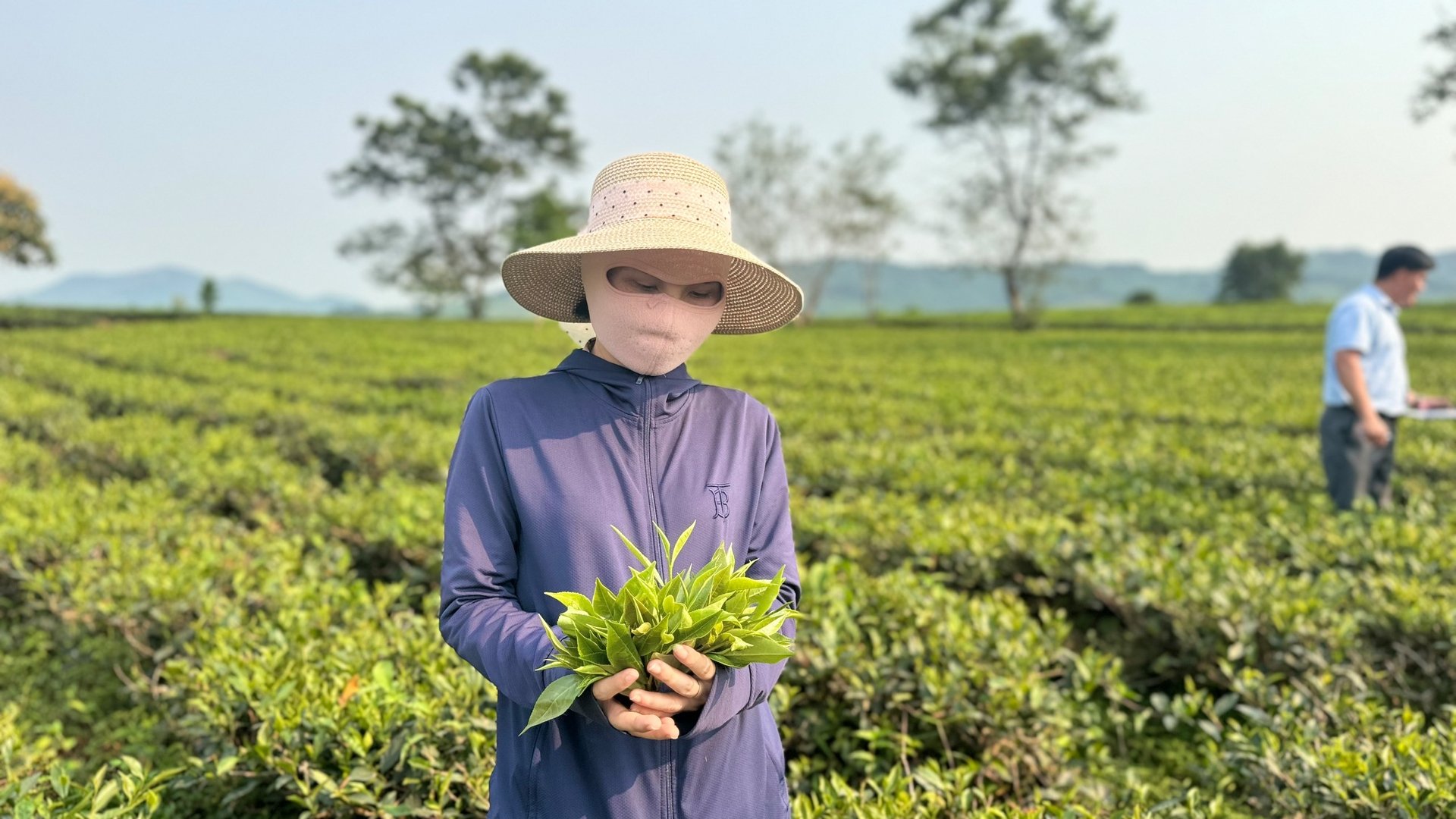
Applying technical advances in tea production according to organic standards opens up a new direction for tea development in the future. Photo: Anh Nguyet.
The project aims to certify organic standards for fresh tea buds with a yield of 15 - 20 tons/ha of fresh tea buds; economic efficiency increases by >15%, and at the same time, develop technical guidelines for tea production and organic tea brands suitable for conditions in Ha Tinh.
The Ha Tinh Agricultural Extension Center conducted an investigation and survey to select households to participate in the project in 4 communes including Ky Trung (Ky Anh district); Huong Tra (Huong Khe district); Son Kim 2 and Son Tay (Huong Son district). At the same time, it organized tours and study tours of organic tea production models in Phu Tho and Thai Nguyen provinces for households participating in the project; built a conversion model, and synchronously applied technical measures to produce tea according to organic standards.
Mr. Nguyen Huu Ngoc, Director of the Agricultural Extension Center of Ha Tinh province, said that a successful project will build a model and documents guiding the production of tea according to organic standards that are effective and suitable for the conditions in Ha Tinh. From there, the Center will coordinate with relevant departments, branches, localities and enterprises to organize propaganda about the project results, and at the same time support localities and enterprises to transfer technical processes, organize production, and gradually replicate in industrial tea production areas of the province such as Huong Khe, Huong Son and Ky Anh districts.
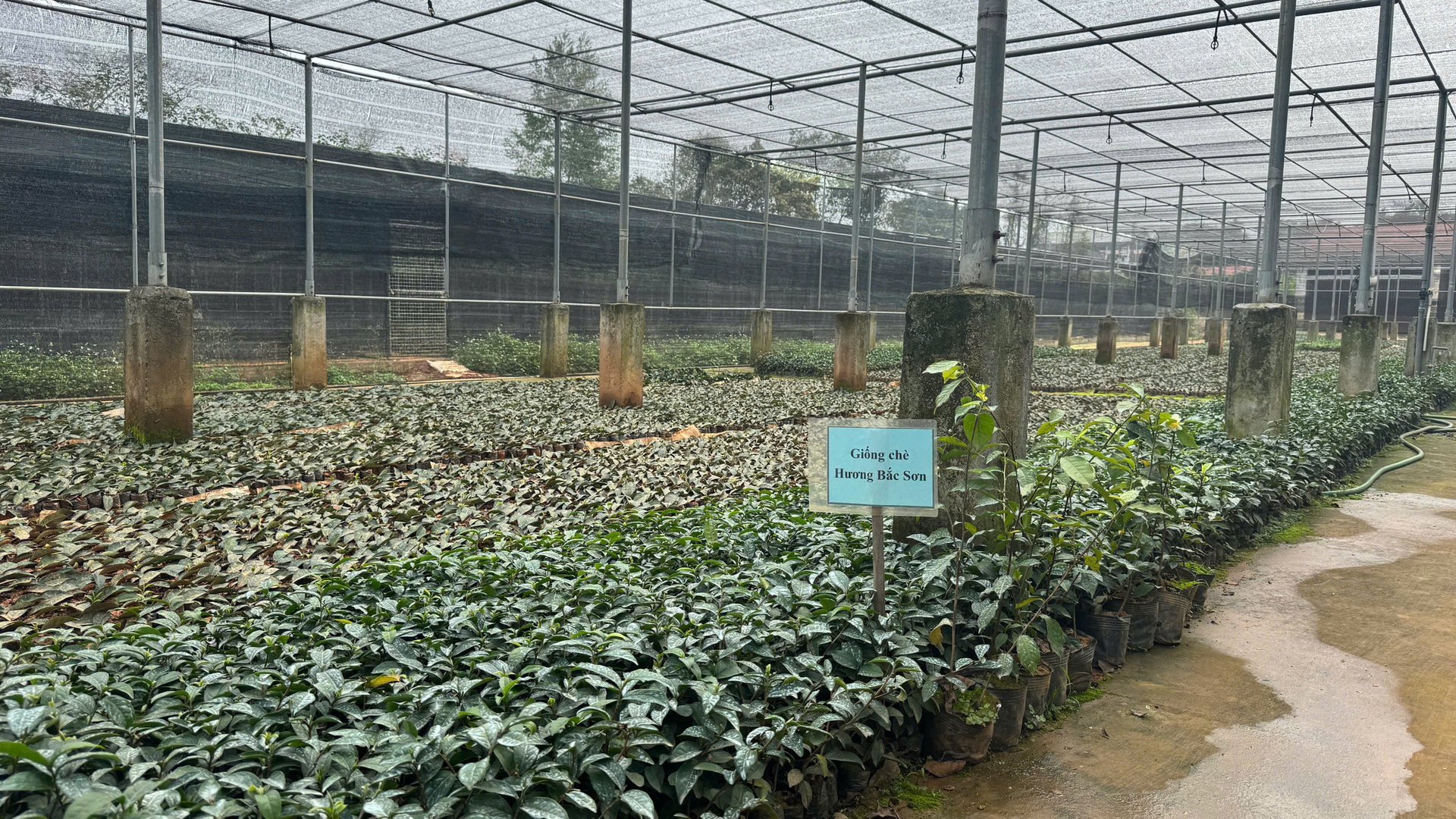
Ha Tinh needs to diversify new tea varieties with high yield, good quality and drought resistance. Photo: Anh Nguyet.
According to Master Phung Le Quyen (Tea Research and Development Center, Northern Mountainous Agriculture and Forestry Science Institute): Ha Tinh has many favorable conditions for developing tea trees, however, harsh climate conditions along with the lack of diversity in tea varieties, mainly using old tea varieties such as PH1, LDP2... with average quality, so the productivity and quality of tea are not high.
Therefore, Ha Tinh needs to diversify and introduce new tea varieties with high yield, good quality and drought resistance into production to cope with climate change such as PH8, PH9, LCT1, TRI5.0 PH22, Huong Bac Son...
Implementing the project, NOMAFSI transferred the process of producing tea according to organic standards, directly trained households in organic tea production techniques, coordinated and supported the construction of conversion models, synchronously applied technical measures for producing and processing tea according to organic standards, and coordinated and supported the development of technical guidance documents for organic tea production in Ha Tinh.
Source: https://nongnghiep.vn/nomafsi-giup-ha-tinh-thay-mau-giong-che-chuyen-sang-san-xuat-huu-co-d744871.html


![[Photo] President Luong Cuong and King Philippe of Belgium visit Thang Long Imperial Citadel](https://vstatic.vietnam.vn/vietnam/resource/IMAGE/2025/4/1/cb080a6652f84a1291edc3d2ee50f631)


![[Photo] Prime Minister Pham Minh Chinh meets with King Philippe of Belgium](https://vstatic.vietnam.vn/vietnam/resource/IMAGE/2025/4/1/be2f9ad3b17843b9b8f8dee6f2d227e7)
![[Photo] General Secretary To Lam receives King Philippe of Belgium](https://vstatic.vietnam.vn/vietnam/resource/IMAGE/2025/4/1/e5963137a0c9428dabb93bdb34b86d7c)
![[Photo] Close-up of Vietnam's sniffer dog team searching for earthquake victims in Myanmar](https://vstatic.vietnam.vn/vietnam/resource/IMAGE/2025/4/1/d4949a0510ba40af93a15359b5450df2)
![Positioning the value of Dien Bien rice: [Part 2] When gold and copper are mixed together](https://vstatic.vietnam.vn/vietnam/resource/IMAGE/2025/4/2/752ea8d5561b4bc1adf382820b29f176)
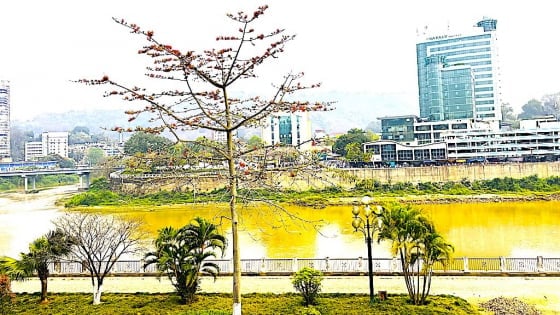
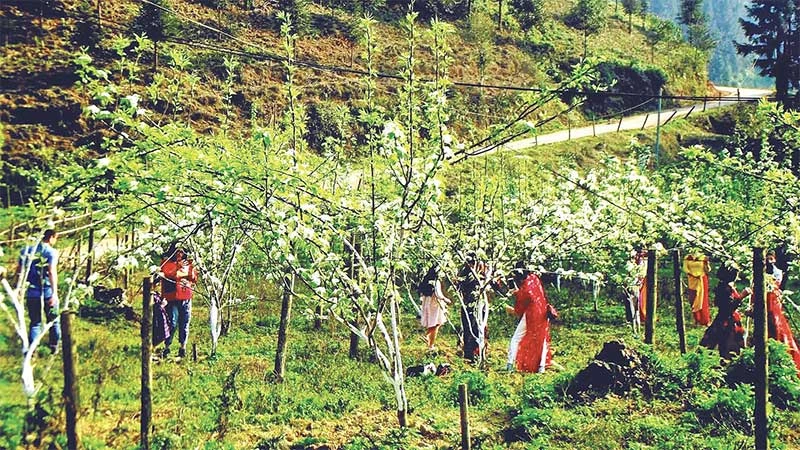


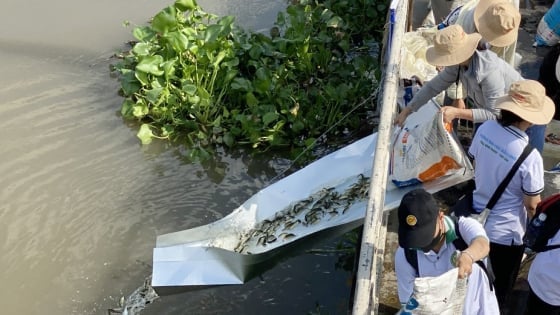




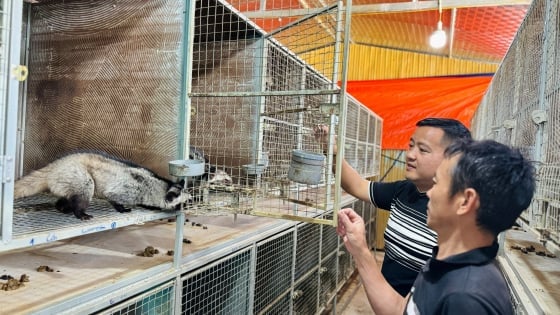
![Positioning the value of Dien Bien rice: [Part 1] 'Pearl' in the field of bombs and mines](https://vstatic.vietnam.vn/vietnam/resource/IMAGE/2025/4/1/3dede394986d44c69c2624111659c003)

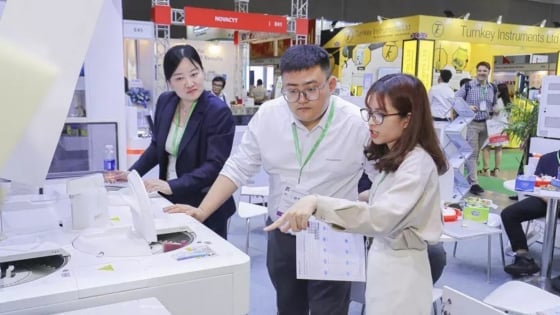

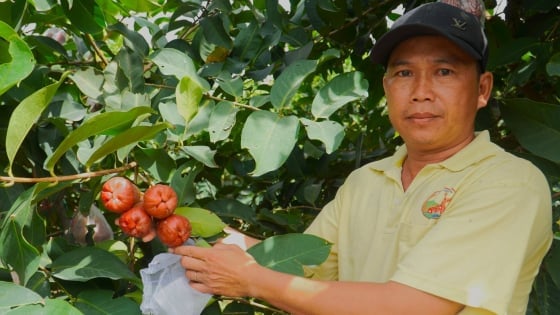
































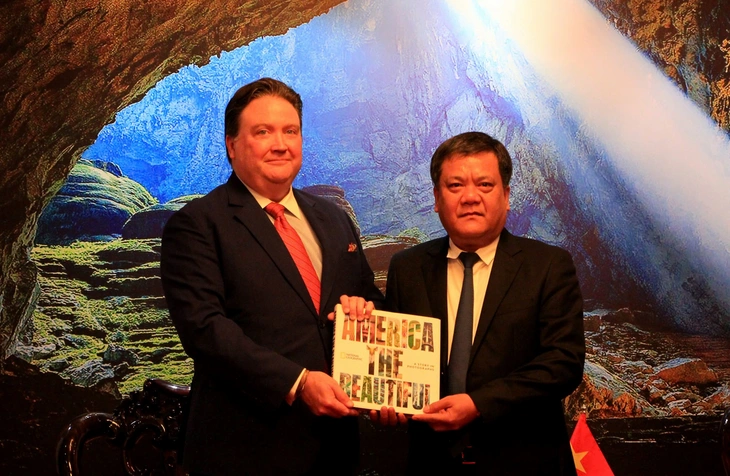










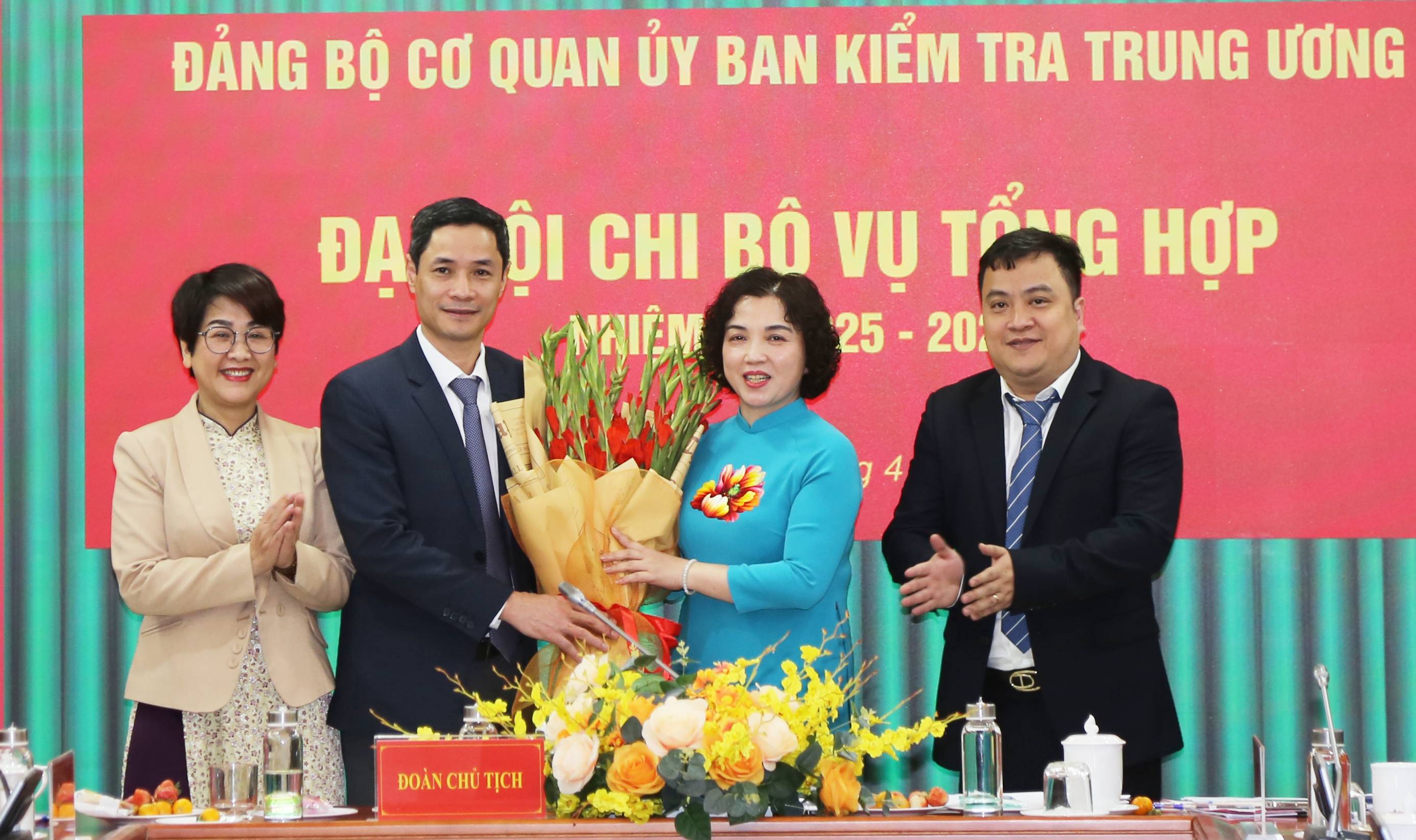





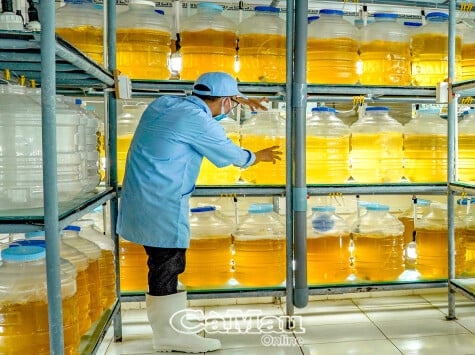


















Comment (0)